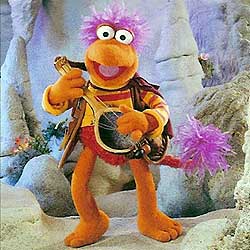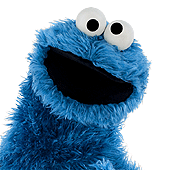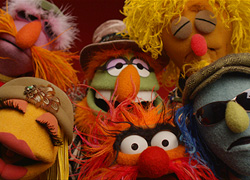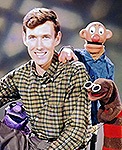I, too, have had good results using my fairly low-end Brother sewing machine to sew fur, even longer fur. Really the only trouble I've had is backstitching the beginning of a seam. The presser foot wants to slip off the fur and not "ramp" back up, so I just have to adjust it manually until the seam is begun. Then away I go!
I do find that in addition to making a nicer looking seam, the above-mentioned technique of brushing the fur perpendicular to the seam also seems to make the fabric run a bit more predictably, with less shifting. I also make sure that my left hand is taking up all the slack as the fabric exits the machine, since the feed dogs don't always get the best grip on fur-backing.
The last thing I do while sewing fur is that I do remove my pins just before they enter the presser foot, instead of just sewing right over them like I do on everything else.
I think that more than anything, just paying attention to how your individual machine behaves and adjusting accordingly will yield the best results, regardless of what you're sewing.
 But I also hate hand sewing and go to great lengths to avoid it-- I don't even sew buttons on by hand.
But I also hate hand sewing and go to great lengths to avoid it-- I don't even sew buttons on by hand. But I also hate hand sewing and go to great lengths to avoid it-- I don't even sew buttons on by hand.
But I also hate hand sewing and go to great lengths to avoid it-- I don't even sew buttons on by hand.
 Welcome to the Muppet Central Forum!
Welcome to the Muppet Central Forum! Back to the Rock Season 2
Back to the Rock Season 2 Sesame Street Season 54
Sesame Street Season 54 The Muppets Mayhem premieres
The Muppets Mayhem premieres Bear arrives on Disney+
Bear arrives on Disney+ Sam and Friends Book
Sam and Friends Book



